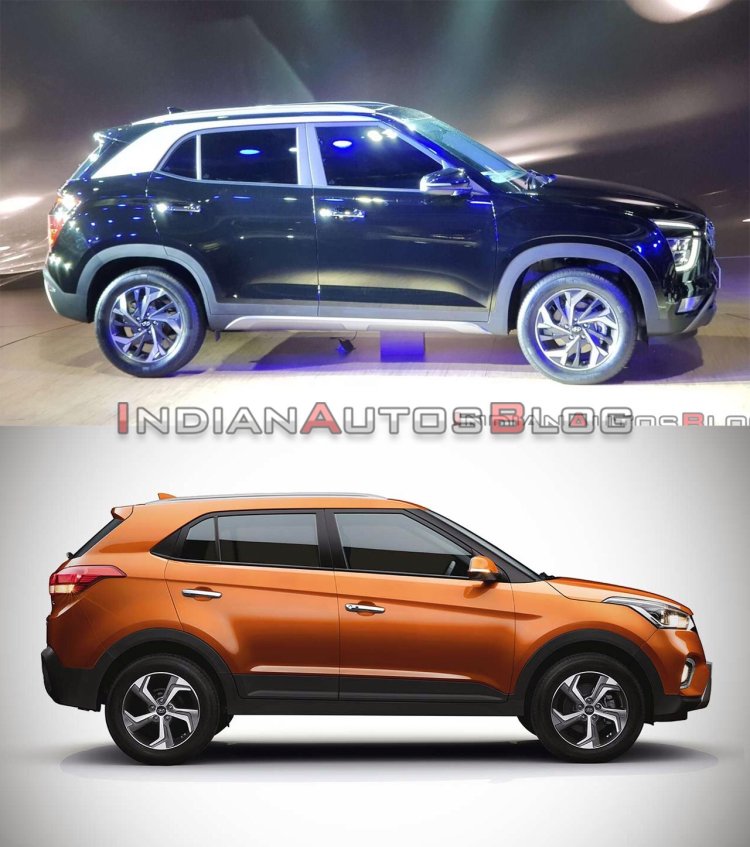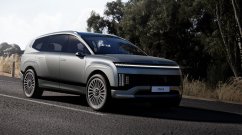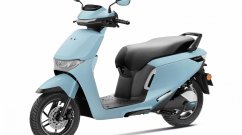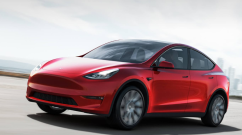The Hyundai Creta belongs to a segment which is now too much competitive and crowded. Naturally, it had to sport significant changes moving to its second generation. And it has received many changes for that matter, including a completely revamped exterior and interior design, plenty of new/enhanced features, new engine options and more. Here's how the 2020 Hyundai Creta differs from the 2018 Hyundai Creta:
Design
The second-gen Hyundai Creta is much bolder and aggressive with a design largely inspired by that of the Hyundai Palisade. At the front, it features a larger radiator grille for a tougher styling. While the previous model got sweptback headlamps with halogen projectors with daytime running LEDs positioned along with fog lamps, the new model does get new vertically laid headlamps with three LED projectors and C-shaped daytime running LEDs around them. The turn indicators in the new model have been placed along with fog lamps much lower, in the front bumper.

Moving to the sides, the most prominent change in the new Hyundai Creta happen to be squarish wheel arches. Obviously, the new Hyundai Creta does get fancier looking new machined alloy wheels, with a bonus addition of silver trim on the rocker panels. There is a prominent bulge over the rear fender, but the all-new model misses out on the sharp character line flowing sideways of the old model.

At the rear, the new generation Hyundai Creta sports a bigger roof spoiler. Instead of the horizontal LED tail lamps, there are vertical LED tail lamps with C-shaped LED inserts. Also worth noting is the LED stoplight in the middle of the boot lid. The skid plates on the rear bumper are bigger, while the reverse lamps are now placed on the rear bumper instead of being included in the tail lamps.

The interior has been unofficially revealed, and it's completely different from that of the 2020 Hyundai ix25. Take a look at the interior pictures in this dedicated report.
Features
The Hyundai Creta has already got enough premium features like leather upholstery, powered driver’s seat, ventilation for front seats, push-button start with keyless entry, tilt and telescopic adjustable steering, 7-inch touchscreen infotainment system with Apple Carplay and Android Auto, rear AC vents, cruise control, wireless charger, electric sunroof, projector headlamps and LED tail lamps.
The new generation Hyundai Creta packs many enhanced and new features, such as split headlamps and tail lamps, bigger touchscreen infotainment system with connected car technologies, luxury car-style steering wheel, panoramic sunroof, electric parking brake and more. We'll know more about this when the complete details are revealed closer to launch.
Engine and Transmission
The first-gen Hyundai Creta is available with a 1.6-litre four-cylinder petrol engine (123 PS/154 Nm) and two diesel engine options – a 1.4-litre four-cylinder unit (90 PS/224 Nm) and a 1.6-litre four-cylinder diesel unit (127 PS/265 Nm). A 6-speed manual gearbox is standard, while a 6-speed torque converter is optional (available with only the 1.6-litre engines).
The second-gen Hyundai Creta will likely be offered with the engines of the Kia Seltos - a 1.5-litre petrol engine (115 PS/144 Nm), a 1.5-litre diesel engine (115 PS/250 Nm) and a 1.0L petrol engine (140 PS/242 Nm). A 6-speed manual transmission is likely to be standard. Expect a CVT option with the 1.5-litre petrol engine, a 6-speed AT with the 1.5-litre diesel engine and a 7-speed DCT with the 1.0-litre petrol engine.
Conclusion
Hyundai has sold 6.5 lakh units of the first-gen Creta, and with all the comprehensive changes in the new generation model, it is aiming to rake in even higher numbers. The company will reportedly launch the new premium B-SUV next month and price it from around INR 10 lakh. In addition to the Kia Seltos and the MG Hector and Tata Harrier C-SUVs will also give it a tough competition. Next year, India will get the VW Taigun and the production version of the Skoda Vision IN concept.





























